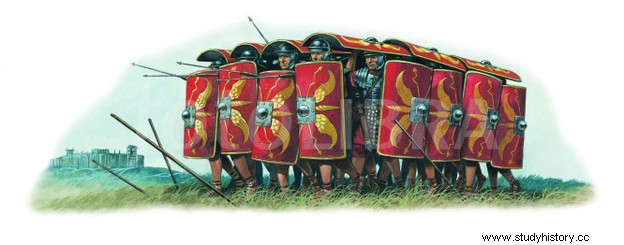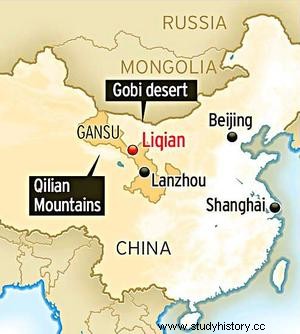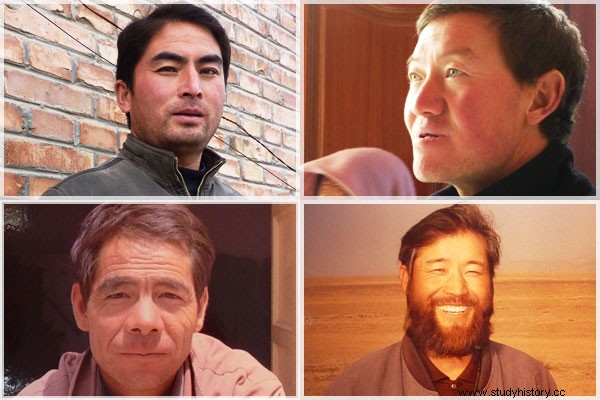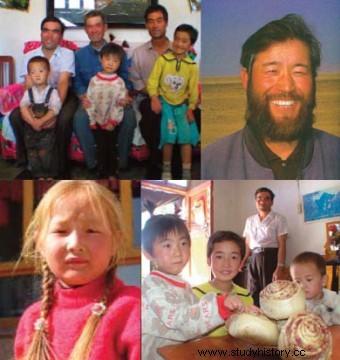In the late spring of 53 BC, a huge Roman army commanded byMarcus Licinius Crassus , the richest and most arrogant man in Rome, triumvir Along with Caesar and Pompey and governor of Syria in that year, he entered Parthian territory ready to achieve in the confines of Asia the honor and glory that he could not buy with his immense fortune. It was June 9 when he met the Parthian general Surena at the head of a contingent of light cavalry and cataphracts (heavy cavalry) That confrontation took place in the desolate plain of Carrhae (today Harran, in Turkey), and ended with the most ignominious defeat of a Roman army in the East. Of the nearly 40,000 troops that Crassus mobilized, only about 6,000 men returned to Syria under the command of the quaestor Caius Cassius Longinus (one of Caesar's later assassins). Some 20,000 legionnaires left their blood and life in the desert, as well as Crassus and his son, but... What happened to the rest?

The legend of the lost legion is fascinating; we know from Plutarch and Titus Livy that not all prisoners were enslaved in the mines of Bactriana (today Afghanistan), but a part of them could be used as auxiliary troops in the confines of the Parthian Empire, forming a first line of shock near the river Oxus (today Amu Daria) under pressure from the nomads of the steppes, the Huns.
They were never heard from again; Mark Antony tried to invade Parthia a few years later willing to avenge Crassus and dispatch him against king Phraates It ended in utter disaster, adding nearly 10,000 more dead to the blacklist surrounding the Parthian campaign. Years later, Augustus Less belligerent and more diplomatic, he tried to get the eagles back, but only got an exchange of prisoners around 19 B.C. And after the last efforts of the princeps, oblivion swallowed the captives of Carrhae until technology and global knowledge of History helped us to connect the dots; Recent research allows us to conjecture a hypothesis as unusual as it is feasible:perhaps the strange soldiers mentioned by the Chinese historian Ban Gu in his account of defending the city of Zhizhi in 36 BC (today Dzhambul in Uzbekistan) could be the remains of Crassus's legions; this chronicler described in his biography the deeds in the confines of Xinjiang of General Gan Yanshou how they encountered veteran and highly disciplined men who fortified themselves in square wooden camps and always fought "lined up and spread out in a formation like fish scales », a very graphic description of the Roman testudo… A legion against the armies of the Han dynasty!

After heavy fighting, the city of Zhizhi fell and the Chinese deported about a thousand of those brave soldiers, lodging them around 5 AD. in a new city in the territory of Zhelaizhai , already at the gates of the Gobi desert, which they called Li-jien (adaptation of the word legion, which was how the Chinese knew the lavish country that extended beyond Alexandria, the Roman Empire) This place changed its name years later, following the tendencies of Confucius, to be called Jie-Lu (meaning captives)

Today, in Zhelaizhai there are still people with blue or green eyes, blonde or red hair, or with an aquiline nose and curly hair; In addition, in the inhabitants of the area there is a 46% coincidence with the DNA of the European population... Will they be the heirs of the Lost Legion?


Collaboration of Gabriel Castelló.
